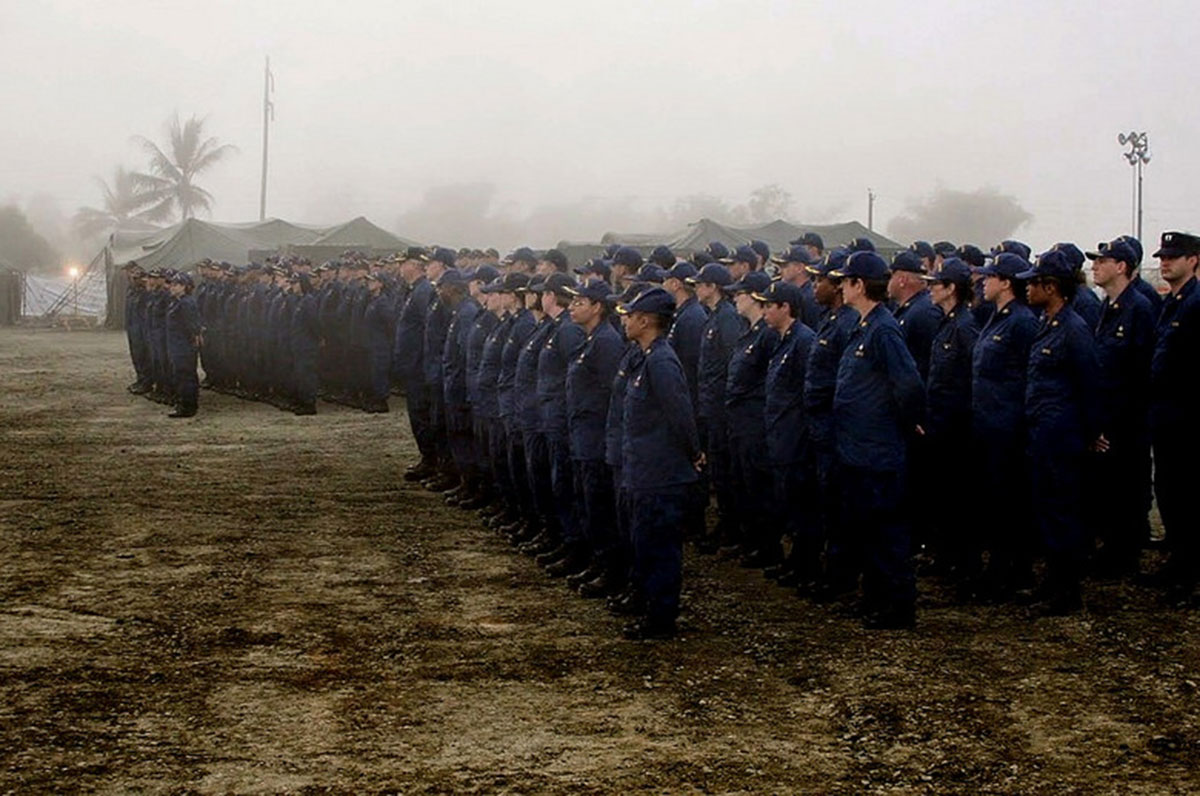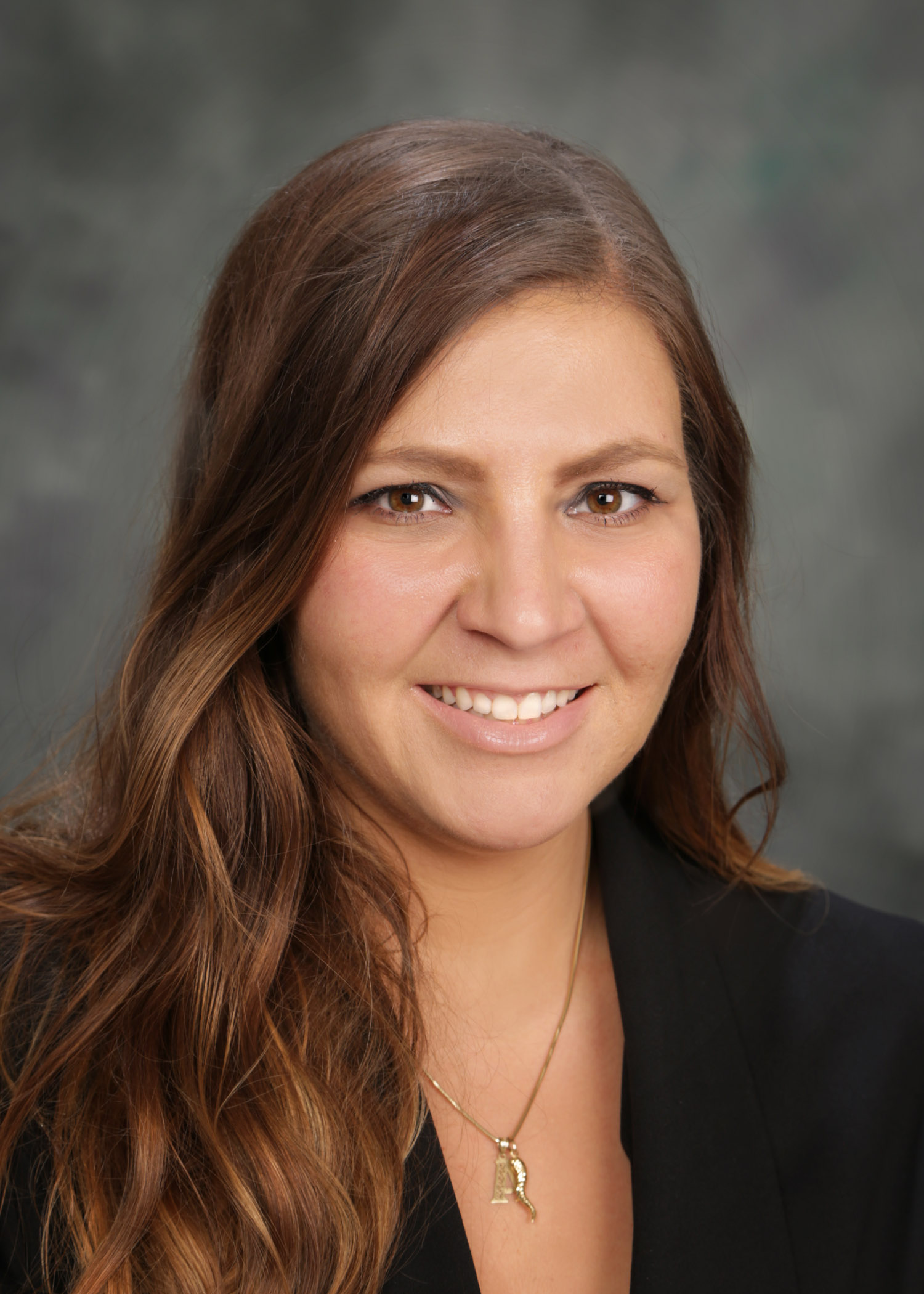About 2,500 uniformed health professionals could be eliminated through a new plan released by the White House.
The Commissioned Corps of the U.S. Public Health Service, which is overseen by the Assistant Secretary for Health, could be cut from about 6,500 officers to no more than 4,000, according to the plan. The cuts are part of a larger federal government overhaul proposed by the Office of Management and Budget.
“We were caught totally by surprise by this proposal,” said retired Army Col. Jim Currie, executive director of the Commissioned Officers Association of the U.S. Public Health Service. “We have had no indications that anyone in the government is dissatisfied with any of the work our officers do for the country.”
The proposal follows a discussion on the 2019 Budget, questioning the value of using uniformed personnel versus civilians at a lower cost.
According to the proposal, USPHS would be transformed into a leaner and more efficient organization that would be better prepared to respond to public health emergencies and provide vital health services.
Currie said he told corps officers not to panic, and that the association would fight the cuts. He recently submitted a letter to members of Congress rebuking the proposal.
Under the proposal, the Department of Health and Human Services would:
- civilianize officers who do not provide critical public health services or support in public health emergencies,
- require officers initially work in a hard-to-fill area and continue to serve there or deploy as needed,
- enforce standards for eligibility and readiness.
The proposal would also create a Reserve Corps that would deploy in a public health emergency or backfill critical positions that are vacant during deployments.
U.S. Public Health is comprised of doctors, nurses, pharmacists, dentists and scientists. One of its first missions was to examine immigrants coming into America at Ellis Island, New York.
Its officers are spread across 26 agencies.
The largest group of officers - about 1,900 - provide healthcare on Indian reservations. Officers also work at the Food and Drug Administration in Maryland, where they ensure the safety of drugs, and at the Centers for Disease Control and Prevention in Atlanta working to control and prevent infectious diseases.
“It's a resource that's absolutely critical,” Currie said.
The corps deploys all over the globe.
The Public Health Service sent 1,200 officers to western Africa to fight the Ebola outbreak. Former President Barack Obama issued a Presidential Unit Citation, which recognizes extraordinary heroism, to USHPS for its response to the outbreak from Sept. 9, 2014 to May 1, 2015.
“The corps' activities helped turn the tide of the outbreak and exemplified unwavering dedication to their mission of protecting, promoting and advancing the health of the nation,” according to the citation, signed by Obama.
Some Spanish-speaking officers were recently to the United States-Mexico border to help children who were separated from their parents, Currie said.
Officers have also worked in Newtown, Connecticut to provide mental health services to survivors of the mass shooting at Sandy Hook Elementary School and Flint, Michigan, where officers went to deal with lead in the water.
“They go everywhere,” Currie said. “They're giving up income, undoubtedly, to serve the country. They love their day jobs. Every one of them is excited about what they do.”
Amanda Dolasinski is MOAA's staff writer. She can be reached at amandad@moaa.org. Follow her on Twitter @AmandaMOAA.

